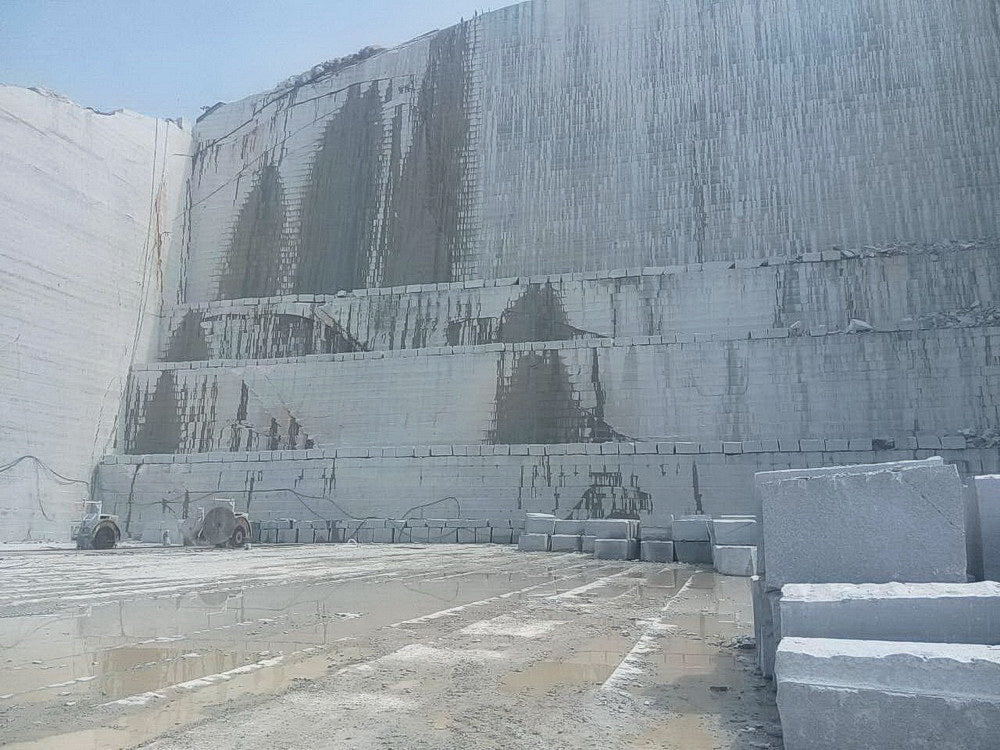Uncovering the Rich History and Sustainable Practices of Granite Quarrying
As we stand on the precipice of revealing the complex tapestry of granite quarrying, a journey via time discloses not just the physical act of extracting stone yet also the social and historical importance woven right into the very fabric of this method. From the old beginnings that laid the foundation for modern-day quarrying techniques to the sustainable techniques that are forming the future of this industry, each sculpt mark on granite surface areas informs a tale waiting to be unearthed (granite quarries in south africa). The tradition of granite quarrying extends much beyond simple extraction; it is a testimony to human resourcefulness, resilience, and the enduring appeal of this majestic stone
Ancient Origins of Granite Quarrying
Going back to old human beings, the practice of quarrying granite has been an essential part of human background and building innovation. The earliest proof of granite quarrying days back to old Egypt, where huge pyramids and elaborate sculptures were crafted from this long lasting rock. The Egyptians made use of primitive devices to remove granite blocks from quarries, showcasing the relevance of this product in their huge constructions.
Moving forward in background, the Greeks also made significant payments to the quarrying of granite. The Greeks made use of granite in numerous building wonders, such as holy places and sculptures, showing their ability in shaping and carving this hardy stone. The Romans even more refined the techniques of quarrying granite, employing advanced tools like knives and hammers to remove and form granite for their famous structures.
Through the centuries, the practice of quarrying granite has actually advanced, with modern-day innovations improving efficiency while maintaining the classic charm of this natural stone - granite quarries in south africa. From old human beings to contemporary building contractors, the heritage of granite quarrying remains to shape our globe
Development of Quarrying Methods
The evolution of quarrying strategies has actually been marked by a continuous development towards greater performance and precision in removing granite. From the basic methods used by our ancestors to the sophisticated modern technologies used in modern quarrying procedures, the industry has actually undergone substantial improvements. Early quarrying techniques entailed manual labor with standard tools such as knives, hammers, and wedges to draw out granite blocks from the planet. As people progressed, methods like fire-setting and primitive explosives were presented to facilitate the removal procedure.
In more recent times, the development of machinery revolutionized the quarrying industry, making it possible for quicker removal prices and boosted productivity. Technologies such as ruby cord saws, high-pressure water jets, and pneumatic drills have become common in modern-day quarries, enabling precise cutting and decreased waste. Developments in computer-controlled tools and 3D modeling have actually enhanced quarrying procedures, leading to minimal ecological influence and boosted sustainability practices. As the demand for granite continues to climb, the advancement of quarrying strategies stays important to meeting sector needs effectively and sustainably.
Social Value of Granite
Granite holds an extensive cultural significance throughout numerous worlds due to its enduring visibility in building masterpieces and respected monoliths. From the marvelous pyramids of Egypt to the elaborate makings of the Angkor Wat holy place in Cambodia, granite has been a material of choice for revealing majesty and long life in cultural heritage. In ancient Rome, granite columns embellished holy places and public buildings, symbolizing stamina and permanence. The social significance of granite expands past its physical characteristics; it embodies resilience, stability, and timelessness, making it a sign of enduring heritages and practices.

Lasting Practices in Quarrying
Among the rich history of granite quarrying and its social hop over to these guys importance lies an expanding focus on sustainable practices within the market. As ecological understanding and problems concerning source deficiency have increased around the world, the quarrying field has significantly embraced lasting approaches to decrease its impact on the environment and bordering communities.

Additionally, reclamation and rehab of quarry sites post-extraction are important to lasting techniques. By recovering quarried locations to an all-natural or useful state, such as developing wildlife environments or recreational areas, quarriers can offset the environmental impact of their procedures and add favorably to the local ecological community.
Heritage of Granite Quarrying
With a historic background steeped in craftsmanship and industrial progress, what enduring influence has granite quarrying left on the landscape of modern culture? The tradition of granite quarrying transcends mere removal techniques; it has actually formed building wonders, urban landscapes, and social heritage worldwide. The resilient nature of granite has made it a favored choice for monoliths, buildings, and infrastructure, standing as a testament to the skill and artistry of quarry workers across generations.
Additionally, the financial impact of granite quarrying can not be forgotten. The industry remains to provide work opportunities and drive local economic climates in areas where granite removal is widespread. It has actually additionally stimulated technological developments in quarrying strategies and equipment, bring about more reliable and lasting techniques.
In regards to sustainability, the heritage of granite quarrying includes efforts to mitigate ecological influences via improvement projects and responsible resource monitoring. By balancing economic interests with environmental stewardship, the sector aims to guarantee that future generations can continue to take advantage of this enduring natural deposit.
Final Thought
